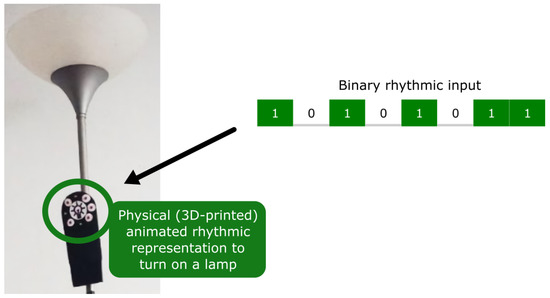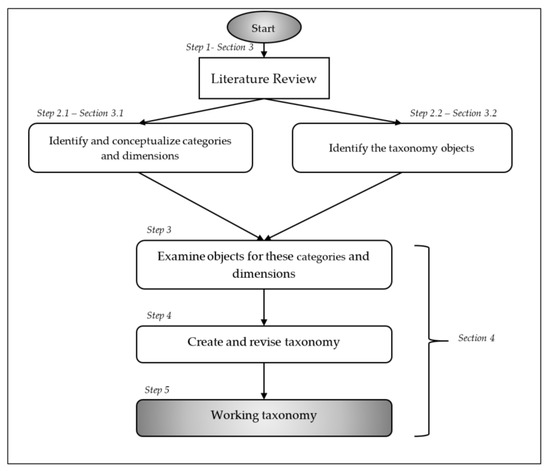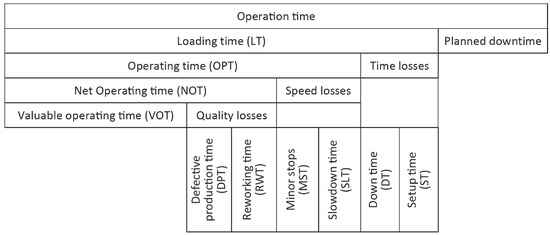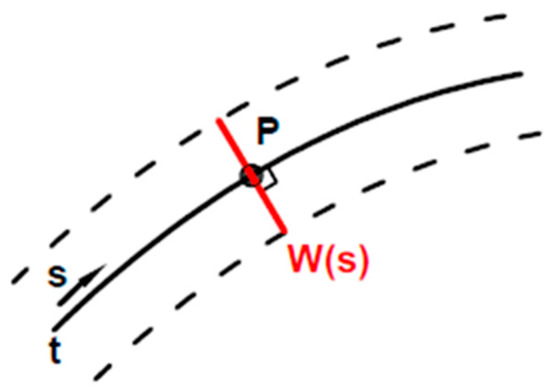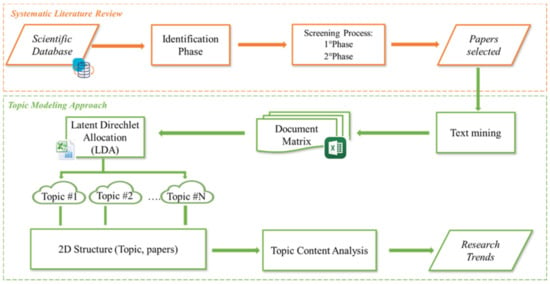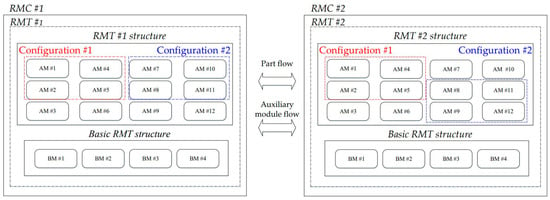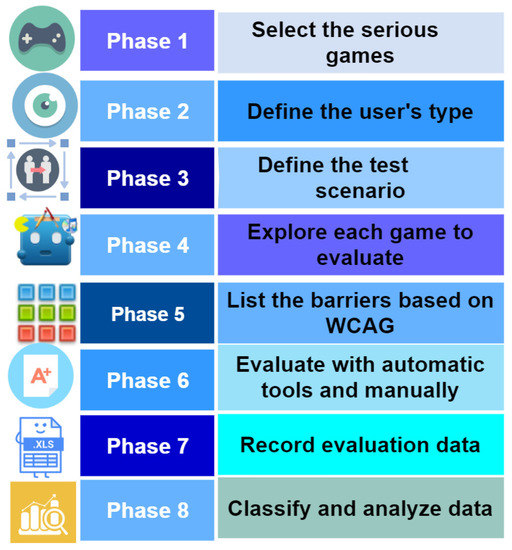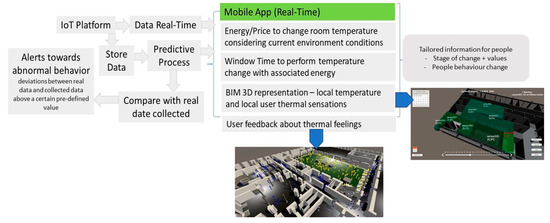Human Factors in the Digital Society
A topical collection in Applied Sciences (ISSN 2076-3417).
Viewed by 49176Editors
Interests: warehouse management systems; logistics; waste management; artificial neural networks; ergonomics; cognitive ergonomics; Industry 4.0
Special Issues, Collections and Topics in MDPI journals
Interests: human performance modeling; ergonomics; waste management; mechanical industrial plants; sustainable logistics
Special Issues, Collections and Topics in MDPI journals
Topical Collection Information
Dear Colleagues,
New Internet-based technologies have enormous potential to affect human wellbeing. This necessitates valid and consistent assessment of human factors and human performance in every area of the digital society, ranging from the everyday life of citizens to the work environment.
Different contexts are linked to similar challenges, and require similar problems to be solved: the common roots are human behaviors and new information technologies. As a result, the human-centered social-cyber-physical system has become the common reference framework in today’s society.
To attain a holistic understanding, it is important to identify challenges and opportunities related to human factors and human performance in the digital society: research in this context is still new, and significant achievements are limited.
Human factors in the digital society at large assume new perspectives, as they tend to be linked to tasks of a more cognitive rather than a physical nature. For instance, decision-making based on real time data is a new challenge for humans in various everyday scenarios. Moreover, monitoring of physical systems by the ‘Internet of Everything’ is becoming a widely adopted practice in several contexts, especially industry. Accurate modelling of cognitive tasks will enable proper investigation of the ergonomics of workplaces and of the safety and maintenance of production systems. The design of human-centered social-cyber-physical systems should also consider older individuals and people with disabilities—i.e., people less familiar with and, therefore, less inclined to adopt new Information and Communication Technologies (ICTs). Assessing the cognitive abilities of differently aged people in the digital society requires a deep understanding of complex phenomena involving transversal competence. These are just some examples of relevant issues connected with human factors in the digital society.
The Topical Collection aims to collect recent innovative research on human factors and human performance in the digital era. Scientific contributions, ranging from basic research to applied research with pilot industrial applications and demos, are welcome. The interdisciplinary nature of this Topical Collection is consistent with contributions from different areas of competence, ranging from industrial to biomedical engineering.
Prof. Dr. Francesco Facchini
Prof. Dr. Salvatore Digiesi
Dr. Carlotta Mummolo
Collection Editors
Manuscript Submission Information
Manuscripts should be submitted online at www.mdpi.com by registering and logging in to this website. Once you are registered, click here to go to the submission form. Manuscripts can be submitted until the deadline. All submissions that pass pre-check are peer-reviewed. Accepted papers will be published continuously in the journal (as soon as accepted) and will be listed together on the collection website. Research articles, review articles as well as short communications are invited. For planned papers, a title and short abstract (about 100 words) can be sent to the Editorial Office for announcement on this website.
Submitted manuscripts should not have been published previously, nor be under consideration for publication elsewhere (except conference proceedings papers). All manuscripts are thoroughly refereed through a single-blind peer-review process. A guide for authors and other relevant information for submission of manuscripts is available on the Instructions for Authors page. Applied Sciences is an international peer-reviewed open access semimonthly journal published by MDPI.
Please visit the Instructions for Authors page before submitting a manuscript. The Article Processing Charge (APC) for publication in this open access journal is 2400 CHF (Swiss Francs). Submitted papers should be well formatted and use good English. Authors may use MDPI's English editing service prior to publication or during author revisions.
Keywords
- Human factors and human performance in the digital society
- Human-centered social-cyber-physical systems
- Cognitive vs. motor human tasks
- I4.0 Ergonomics
- Smart operators for safety and maintenance of digital factories
- Testing motor and cognitive tasks
- Human memory
- Workforce aging and people with disabilities in the digital society
- Human performance modelling







